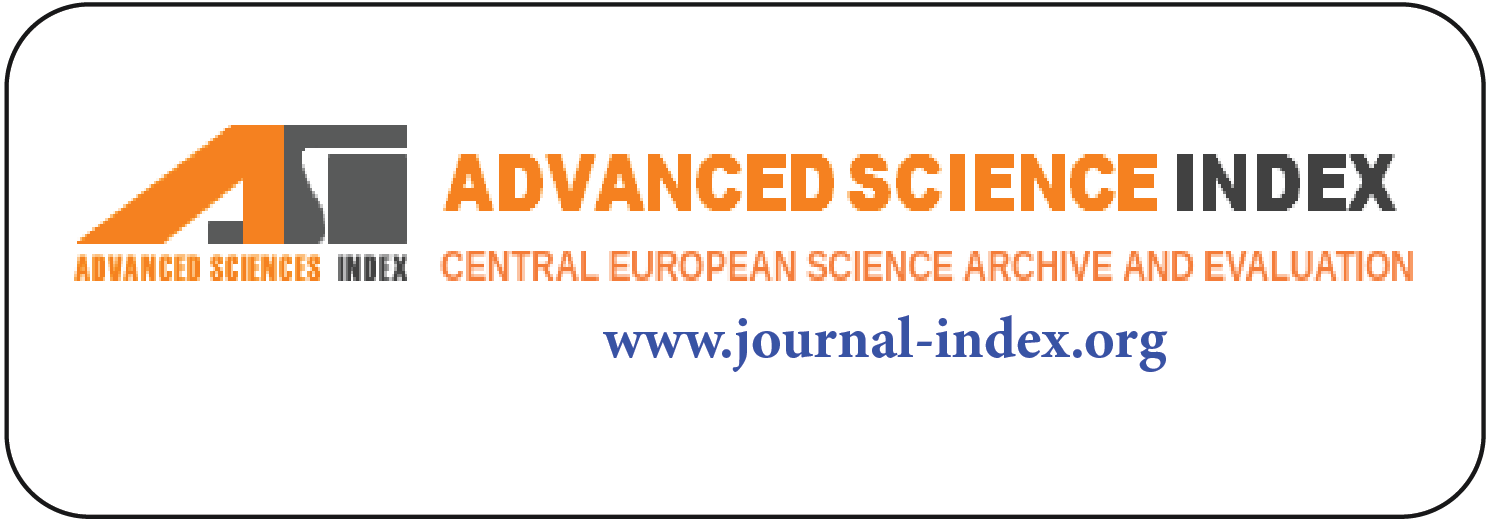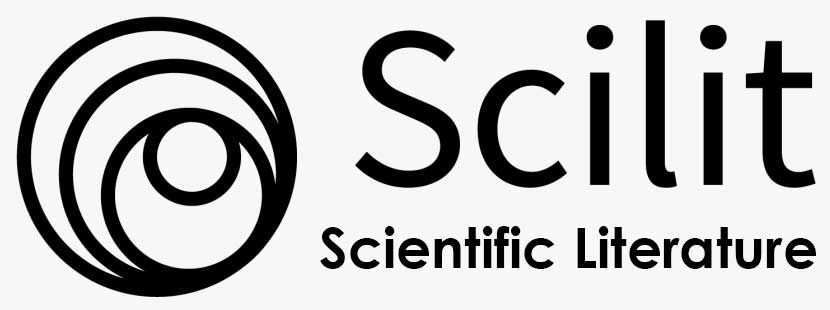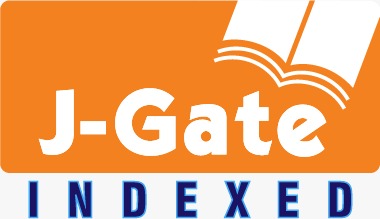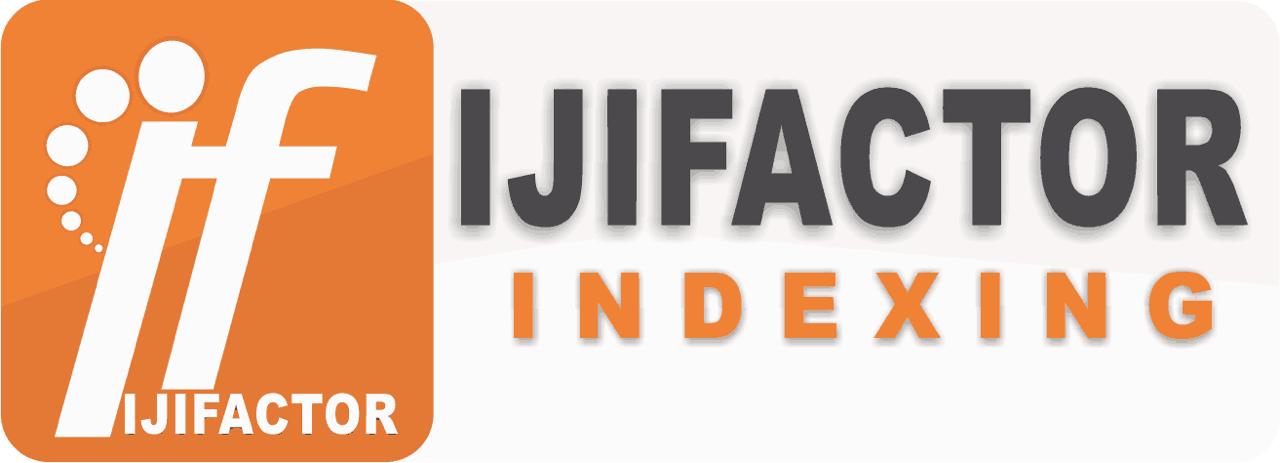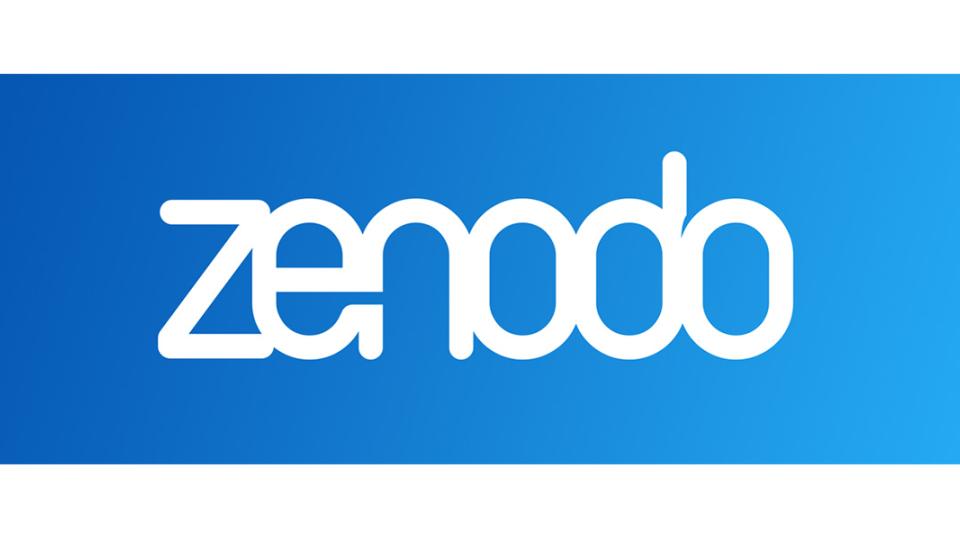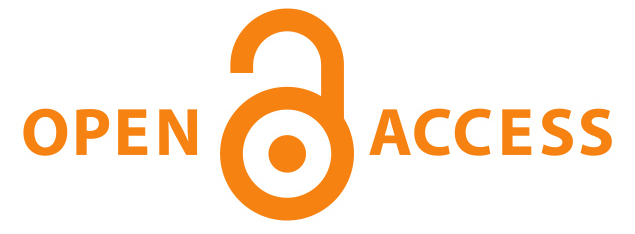
Review Policies
Editorial Review and Peer Review Policies
The editorial team of Journal of Advances in Humanities Research (JADHUR) shall strictly follow the policies and procedures for the editorial and peer review processes of the manuscripts through which it shall be ensured that:
- the content of the manuscript is relevant to the aim/scope of JADHUR
- the manuscript has produced an innovative and quality research
- the format and layout of JADHUR is followed in the manuscript, and
- the style, grammar, and language composition used in the manuscript are correct.
Manuscripts not adhering to journal guidelines will be returned to authors without scientific evaluation. The review process is double-blind.
The review policy of JADHUR shall involve editorial review as well as peer review of the manuscripts. If accepted by the editorial team, the manuscript shall be processed for double-blind peer review by relevant experts of international repute. Prior to the approval for publication, a manuscript must be accepted by at least three experts of the relevant field. The identity of the author(s) shall be kept secret from the peer-reviewers and vice versa in the peer-review processes. The peer-reviewers may know the identity of the authors only after the publication of the manuscript.
- The manuscript submitted to JADHUR shall be handled by editor-in-chief or a section editor who shall be responsible for processing it according to the JADHUR policy and procedure.
- The suggestions and comments (if any) shall be shared with the author(s) for revision of the manuscript accordingly.
- The editor-in-chief or section editor may consider the revised submission for peer-review processes without changes, ask the author(s) for minor changes or major changes or reject it out-rightly.
- Submitted manuscripts will undergo a detailed initial check, including a Plagiarism Check in the Editorial Office. A section Editor or the Editor-in-Chief takes charge of the peer-review process. It starts with a Preliminary Review by the Editor (finished no more than 7-8 days after manuscript submission).
- In case the article is considered for the peer-review process, the manuscript shall be forwarded to an assistant editor (sub-editor) for necessary editing and formatting.
- The formatted manuscript shall be forwarded for double-blind peer review to at least one local and one foreign expert (subject specialist) of international repute.
- In exceptional cases, the manuscript shall be sent to two local and one foreign expert of international repute. However, in this case, at least one of the local experts must have obtained PhD or Postdoc from industrially advanced countries.
- It shall be ensured that the reviewers are selected according to the expertise relevant to the submitted manuscript.
- The editor-in-chief or section editor shall seek and try to manage to have at least one reviewer from the country or region that is the manuscript's focus.
- The peer-reviewers shall specifically evaluate the manuscript for the quality of the research based on its relevancy, originality, and innovation.
- The author(s) must incorporate all the required changes according to the suggestions and comments of reviewers. In case of difference(s), if any, the author(s) shall record clarification(s) or explanation(s) for each observation or comment of disagreement.
- The revised and updated version of the manuscript shall be examined by the editor-in-chief or section editor for validation and verification of the required changes in accordance with the suggestions and comments of the reviewers.
- The Editor may request an expert opinion from the editorial adviser(s) for resolving the difference(s) or the conflicting report(s), if any.
- The Editor-in-Chief of JADHUR takes the final decision about accepting or rejecting the revised and updated manuscript.
-
Once the final revision is completed and accepted by Editor-in-Chief, the author will be asked to format the manuscript according to the JADHUR template before it goes into typesetting and proofreading with the publisher. The author will receive the paper in PDF produced by JADHUR for checking before it is published online.
The peer-reviewers of JADHUR shall carry out the evaluation of an article based on the following 10 principles and standards as a minimum requirement for acceptance of a manuscript.
- The title is brief, clear, specific and appropriate to the content/purpose of the article. (Example: Active verbs are used instead of complex noun-based phrases. It is around 10 to 15 words long and summarises the main idea or ideas of the study.)
- The abstract accurately describes the content of the paper. (Example: It discusses a compact view of the research problem, purpose of study, research design, key findings and is 180-200 words long.)
- The Keywords are enough and appropriate. (Example: It does not use words or phrases from the title and supplement the title's contents. These are descriptive, represent key concepts and nouns, and are 6-8 words.)
- The Introduction gives an overview from a general subject area to a particular topic of inquiry. (Example: It describes the purpose, scope, context, significance, background, hypothesis(es), question(s), brief methodology, outcome(s), and an outline of the remaining structure/organization of the article.)
- The Literature Review gives an overview of the sources explored and demonstrates how the study fits within the larger field of the study. (Example: It gives a description, summary, and critical evaluation of sources explored in relation with the research problem(s) being investigated.)
- The research Methodology is adequately described. (Example: It describes the actions taken for investigation of the research problem and the rationale for the application of the specific procedures or techniques used to identify, select, process, and analyze the information applied to understanding the problem.)
- Results are clearly presented. (Example: It reports the study findings based upon the methodology(ies) being applied and in a logical sequence without bias or interpretation if data is generated from the author’s own research.)
- The discussion is clear and the findings are accurately analyzed. (Example: It interprets and describes the significance of findings in light of what was already known about the research problem. It explains new understanding or insights being emerge based on studying the problem. It is connected to the introduction through research questions or hypothesis(es) and the literature reviewed.)
- The conclusion is supported by the findings of the results. (Example: It helps the readers to understand why the research should matter to them. It gives a synthesis of key points and, (if applicable), recommends new areas for future research.)
- English Language and Style meet the standard. (Example: It is clear, unambiguous and objective, i.e., gives reasons and evidence. It uses active voice and a minimum level of passive voice is used where required. Mostly uses ordinary language rather than complicated expressions and technical terminologies.)



